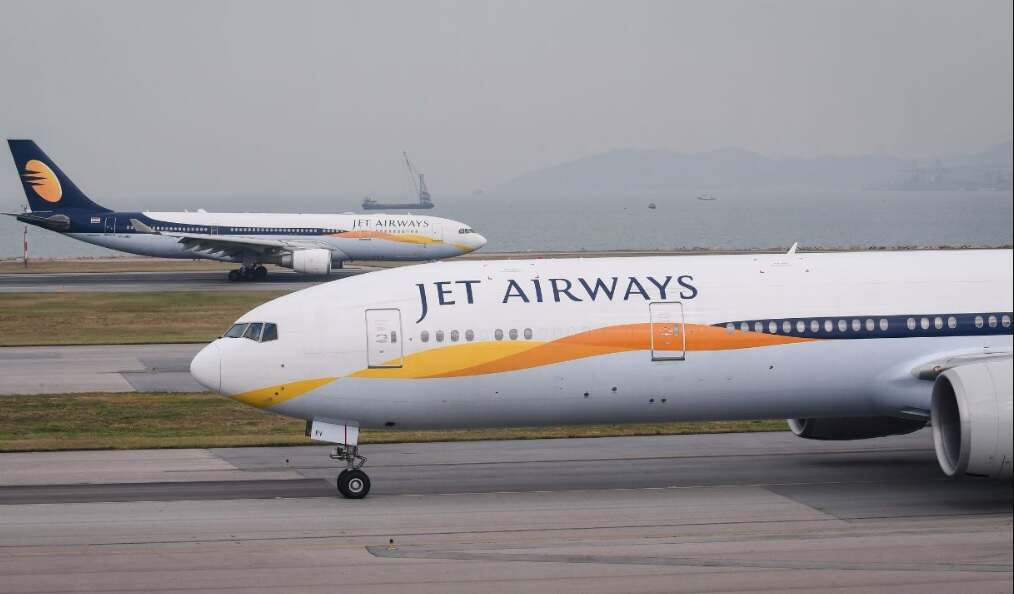It has been a year since the once-prominent Indian airline, Jet Airways, plummeted into financial turmoil and suspended its operations. While the aviation industry worldwide has faced unprecedented challenges due to the global pandemic, Jet Airways’ downfall was exacerbated by a bitter ownership dispute that continues to rage on. In this article, we delve into the intricacies of the Jet Airways ownership dispute and the lingering uncertainty that surrounds the airline’s future.
Background:
Jet Airways, once considered a major player in the Indian aviation sector, faced a severe financial crisis that led to its suspension of operations in April of the previous year. The airline’s debt, mismanagement, and the overall economic impact of the COVID-19 pandemic were cited as primary factors contributing to its downfall.
Ownership Dispute:
At the heart of Jet Airways’ troubles is an ongoing dispute over ownership and control. The struggle for the reins of the airline involves multiple stakeholders, including financial institutions, lenders, and former promoters. The major players in this dispute are the State Bank of India (SBI), the lead lender to Jet Airways, and the airline’s founder, Naresh Goyal.
Naresh Goyal, who founded Jet Airways in 1993, has been vying for a stake in the airline despite stepping down from its board in March 2019. On the other hand, the SBI-led consortium of lenders, which took control of the airline after its grounding, has been actively seeking new investors to revive the carrier.
Failed Resolution Attempts:
Over the past year, several attempts have been made to resolve the ownership dispute and revive Jet Airways. Potential investors, both domestic and international, have shown interest, but negotiations have faltered at various stages. Issues such as the valuation of the airline, the distribution of ownership stakes, and the resolution of outstanding debts have proved to be significant stumbling blocks.
Impact on Employees and Stakeholders:
The prolonged ownership dispute has taken a toll on Jet Airways’ employees and various stakeholders. Thousands of employees were left jobless when the airline ceased operations, and their future remains uncertain. Additionally, suppliers, service providers, and creditors are grappling with unpaid dues, further complicating the resolution process.
Legal Battles and Regulatory Hurdles:
The ownership dispute has spilled over into the legal arena, with Naresh Goyal and the lenders engaging in legal battles over control and ownership rights. Regulatory authorities, including the Directorate General of Civil Aviation (DGCA) and the Ministry of Civil Aviation, are closely monitoring the situation, adding another layer of complexity to the resolution process.
The Road Ahead:
As the ownership dispute persists, questions loom large over the future of Jet Airways. The airline, once a symbol of India’s growing aviation industry, now stands as a testament to the challenges facing the sector. The resolution of the ownership dispute is crucial not only for the revival of Jet Airways but also for the broader implications it holds for the Indian aviation industry and its stakeholders.
Conclusion:
One year on, Jet Airways remains grounded, and the ownership dispute continues to cast a shadow over its revival. The intricate web of financial, legal, and regulatory challenges underscores the complexity of resolving such a high-stakes dispute. As the aviation industry strives to recover from the impacts of the pandemic, the fate of Jet Airways serves as a poignant reminder of the need for swift and decisive action to address ownership disputes and safeguard the interests of all stakeholders involved.
